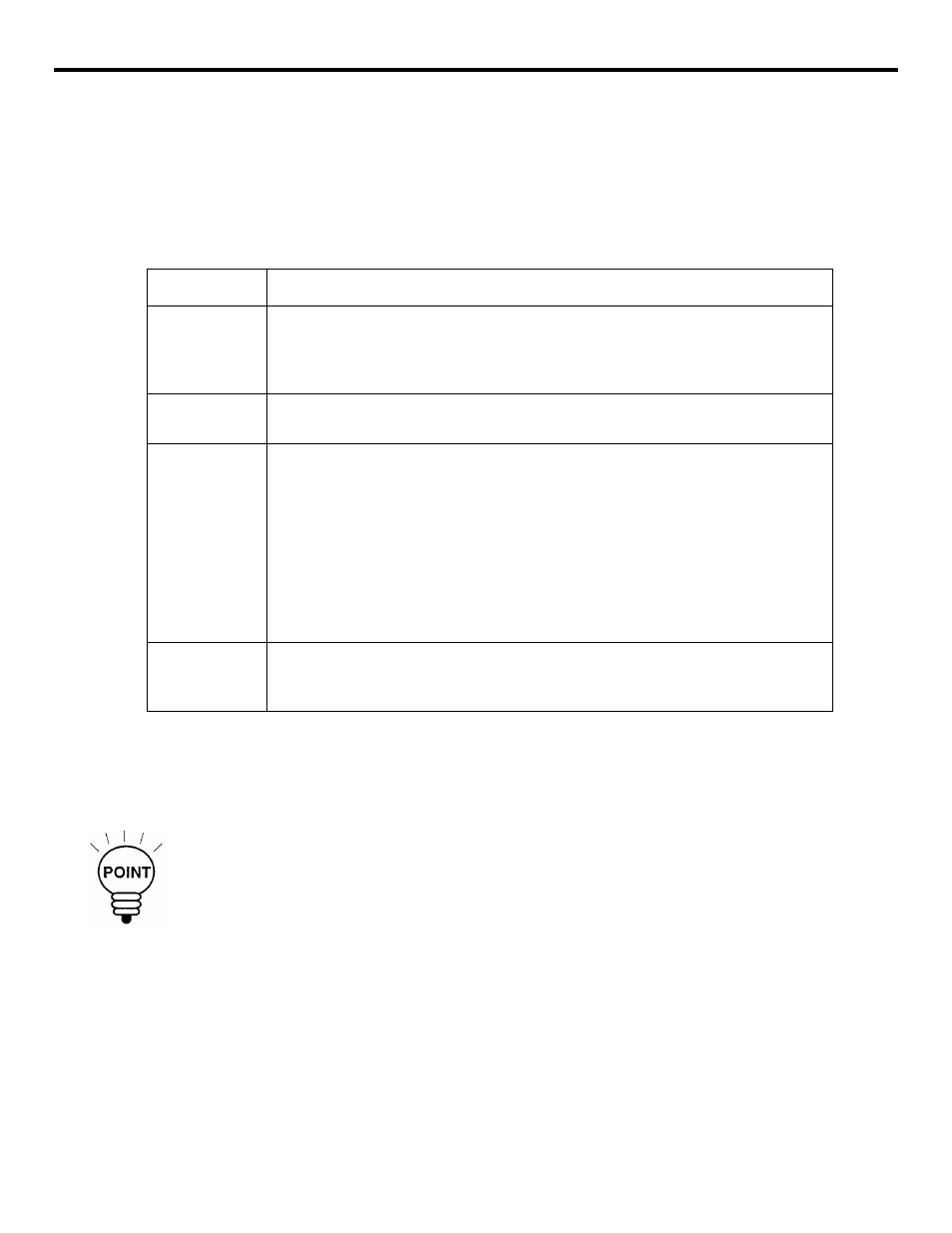Table 4.3.3.4 counting the tool life – Yaskawa YASNAC PC NC Programming Manual User Manual
Page 247

4 - 110
YASNAC PCNC Programming Manual
Chapter 4: Enhanced Level Commands
(b) Counting the tool life
Tool life is counted for the life-controlled tools while they are actually called up and used
in the tool life control mode. It is possible to set the tool life counting type for each of tool
groups.
Table 4.3.3.4
Counting the Tool Life
Since tool life is counted in the buffering processing, if life exceeded occurs during the
execution of the next one block, the life exceeded status is triggered before the execution
of that block.
During the operation, registration or deletion of a tool file is not allowed.
Count Type
Counting Method
Controlled by
time
Length of time the cutting tool is actually used in the cutting mode is counted in units of
seconds. The life count data are increased by “1” in units of minutes.
While the NC is in the single-block stop, feed hold, rapid traverse, or dwell state, the
time is not counted.
Controlled by
distance
Length of distance the cutting tool is actually used in the cutting mode is counted every
second. The life count data are increased by “1” in cutting of every meter or foot.
Controlled by
the number of
uses
Life count is increased by the set number at each execution of M02, M30, or M192.
It is also possible to count the life data in response to the execution of T9999.
When “T9999L***;” is executed, the value set with L is added to the life count data.
If no L command is given, L1 is assumed.
It is not possible to use an M command and T command for counting the life count data
at the same time.
Which of the M or T command should be used can be determined by the setting for
parameter pm0007 D4.
pm0007D4 = 0: Counting at M02/M30/M 192
pm0007D4 = 0: Not counting at M02/M30/M 192
Controlled by
the number of
holes
The life count data is increased by the number of execution of hole machining cycles.
The life count data is counted by the L command (number of repetitions) for the
canned cycles and the hole pattern cycles.
